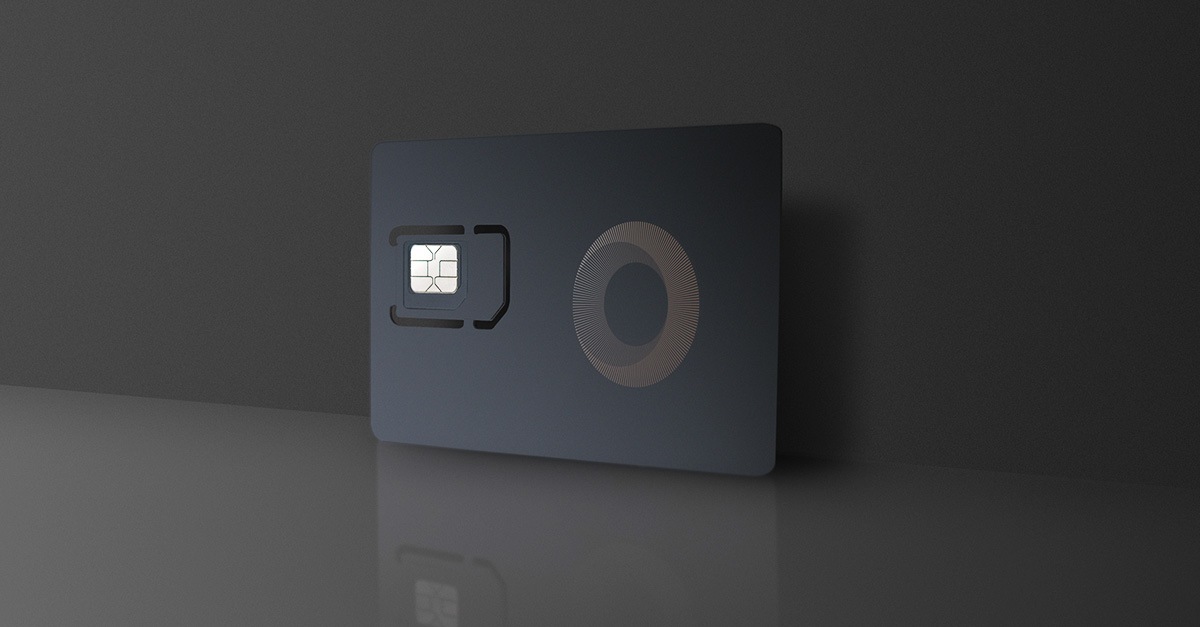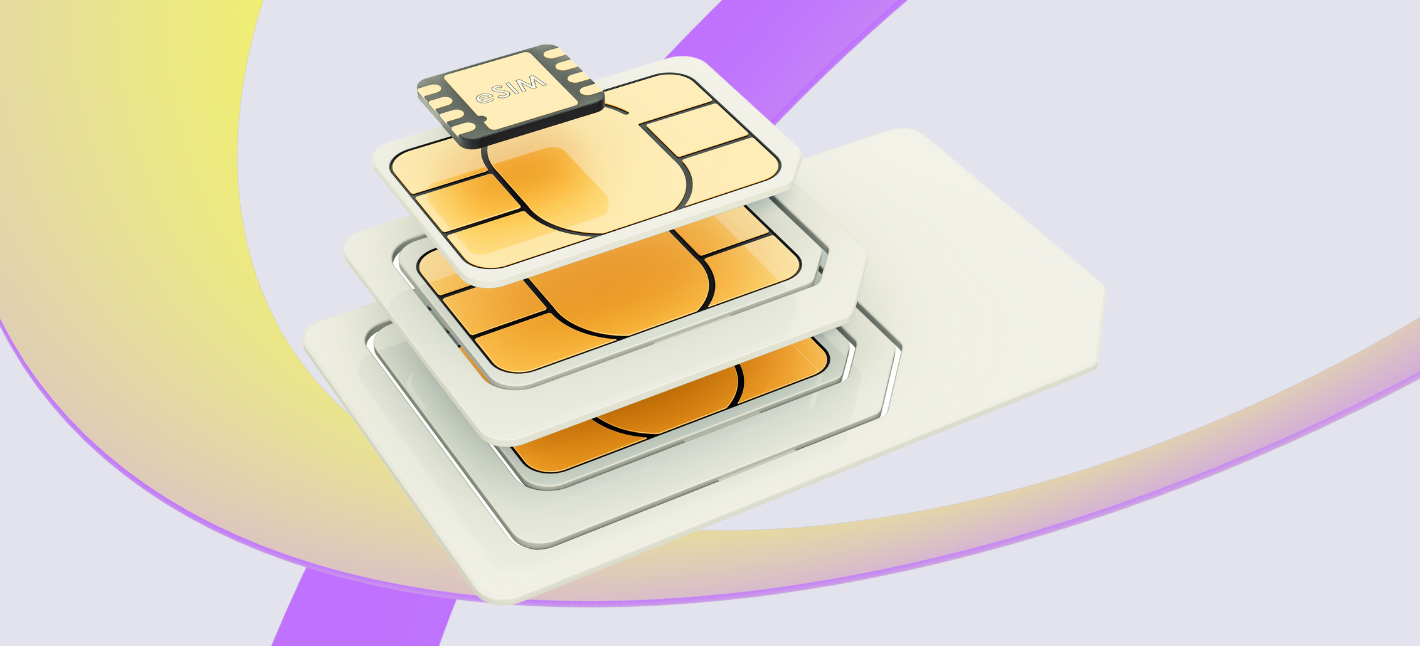M2M IoT Connectivity Basics of Global IoT Connectivity
As the demand for the Internet of Things (IoT) continues to grow, so does the want to understand the assorted connectivity options obtainable. Two main classes of connectivity typically underneath discussion are cellular and non-cellular IoT connectivity. Each has its personal strengths and weaknesses, and the choice between them can considerably impression the performance and effectivity of IoT applications.
Cellular IoT connectivity leverages established cellular networks to facilitate communication between gadgets. This type of connectivity sometimes options several subcategories, together with 2G, 3G, 4G, and now 5G technologies. Cellular networks supply widespread coverage, making them appropriate for applications that require mobility and extended range. The in depth infrastructure already in place permits for speedy deployment, saving time and assets.
Internet Connectivity Principles In IoT Best IoT Connectivity Management Software
Moreover, cellular connectivity often comes with robust safety features. The use of encryption and authenticated entry offers a layer of safety that is critical for many functions, particularly in sectors dealing with delicate knowledge like healthcare and finance. This ensures that data transmitted between devices and networks is safe from potential cyber threats.
On the other hand, non-cellular IoT connectivity encompasses a range of other technologies, together with Wi-Fi, LoRaWAN, Zigbee, and Bluetooth. These options can differ considerably by means of vary, information rates, and energy consumption. Non-cellular solutions typically focus on particular environments, similar to residence automation or industrial settings, where localized communication is extra sensible.
Non-cellular connectivity solutions are typically less expensive in environments the place in depth cellular protection is in all probability not essential. They can additionally be easier to implement in smart buildings or localized networks. For instance, Wi-Fi offers excessive data charges and supports a vast variety of devices however is limited by vary and coverage.
IoT Connectivity Management Exploring the World of IoT Connectivity
LoRaWAN, one other well-liked non-cellular expertise, is designed specifically for long-range communication whereas consuming minimal energy. This makes it ideal for purposes requiring low data rates over prolonged distances, such as agricultural sensors or smart city infrastructure. The trade-off is obtainable in its lower knowledge fee in comparison with cellular solutions, which is most likely not appropriate for applications requiring real-time knowledge transmission.
In distinction, cellular networks excel in applications that demand consistent connectivity over longer distances, like logistics and fleet administration. The capacity to keep up a connection on the move is important for applications that contain tracking automobiles or assets across broad geographical areas. Additionally, roaming capabilities between completely different cellular networks enhance connectivity for mobile purposes.
IoT Connectivity Comparison Securing IoT Connectivity Solutions
Another factor to assume about is the maturity of the know-how. Cellular networks have been round for many years, benefiting from continuous advancements. Meanwhile, non-cellular technologies are relatively newer and should not have the same degree of reliability and robustness as cellular methods. Many organizations might find comfort and assurance within the tried-and-true nature of cellular connectivity, particularly for crucial purposes.
However, as IoT continues to evolve, so do non-cellular technologies. Ongoing developments in wireless standards are significantly enhancing the capabilities and performance of non-cellular choices. With developments in Low Power Wide Area Network (LPWAN) technologies, there's rising curiosity amongst builders and businesses looking to deploy IoT devices that require less energy and wider protection at a decrease value. What Is IoT Connectivity?.
IoT Connectivity Issues Subscriptions for IoT Connectivity SoC

The panorama of IoT connectivity is ever-changing, which makes the choice between cellular and non-cellular connectivity extremely context-dependent. Various elements, together with the precise software requirements, coverage needs, cost constraints, and safety considerations, strongly influence this selection. The proper connectivity choice can enhance operational efficiency, improve data collection, and supply timely insights for decision-making.
When evaluating which option fits finest, it is crucial to assess not only the instant wants but additionally the future development potential of the applying. In some instances, hybrid solutions that leverage both cellular and non-cellular connectivity may present the most effective of each worlds. For instance, an application could great site make the most of cellular connectivity for broader knowledge transmission and non-cellular options for localized, low-power communications.
Cellular Connectivity Providers For IoT Comprehensive Guide to IoT Connectivity Technologies
The rise of 5G know-how further complicates the panorama but in addition presents alternatives for both cellular and non-cellular choices. With its potential for ultra-low latency and excessive data charges, 5G may increase the viability of cellular IoT for functions that previously relied on non-cellular options. Yet, non-cellular technologies continue to improve, carving out niches that cellular networks might not optimally serve.
In closing, cellular vs. non-cellular IoT connectivity presents a complex alternative with far-reaching implications. Each connectivity kind brings distinctive advantages and limitations that cater to various software needs. As IoT know-how advances and matures, the last word choice hinges on particular project requirements, use circumstances, and future scalability considerations. Understanding the nuances of every option can present the necessary perception to make an informed determination, paving the best way for successful IoT deployments (M2M IoT Connectivity).
- Cellular IoT connectivity uses established mobile networks, providing broad coverage and reliable alerts in city and rural areas.
- Non-cellular IoT connectivity, corresponding to LPWAN (Low Power Wide Area Network), is particularly designed for low-bandwidth functions, prioritizing energy effectivity over speed.
- In cellular networks, data transfer rates can be higher, supporting purposes that require real-time knowledge transmission, similar to video surveillance or autonomous automobiles.
- Non-cellular options typically have longer battery life, making them best for units requiring minimal maintenance, like environmental sensors and smart meters.
- Cellular IoT sometimes includes greater operational costs because of subscription fees and data plans, whereas non-cellular options can be more cost-effective for large deployments.
- Security protocols in cellular networks are sturdy, benefiting from the infrastructure of established telecommunication suppliers.
- Non-cellular technologies can make use of easier and extra localized safety measures, probably resulting in vulnerabilities in certain implementations.
- Scalability is generally simpler with cellular networks, which may help an enormous number of devices concurrently with out important degradation in efficiency.
- Non-cellular IoT might offer greater flexibility in community design, permitting businesses to tailor solutions particularly to their operational wants without reliance on a mobile provider.
- Depending on the applying, hybrid models integrating each cellular and non-cellular connectivity can optimize general performance and cost-efficiency.undefinedWhat is the difference between cellular and non-cellular IoT connectivity?undefinedCellular IoT connectivity uses cell networks (like 4G or 5G) for knowledge transmission, while non-cellular choices embrace technologies like Wi-Fi, BLE (Bluetooth Low Energy), and LoRaWAN, which operate independently of cell service networks.
When is it best to make use of cellular IoT connectivity?undefinedCellular connectivity is right for purposes requiring wide protection, mobility, and real-time knowledge transmission, such as vehicle monitoring or smart wearables, where reliability and pace are crucial.
Internet Connectivity In IoT Subscriptions for IoT Connectivity SoC
What are the advantages of non-cellular IoT connectivity?undefinedNon-cellular choices are sometimes less expensive for functions with lower information transmission needs, such as smart house gadgets or environmental sensors, they usually can make the most of existing infrastructure like Wi-Fi networks.

How do prices examine between cellular and non-cellular IoT connectivity?undefinedCellular options sometimes contain ongoing subscription charges for community entry, whereas non-cellular technologies typically incur lower initial costs and fewer recurring expenses, making them economical for certain use circumstances.
Can I swap from non-cellular to cellular IoT connectivity later?undefinedYes, many gadgets are designed with flexibility in thoughts, permitting for upgrades or modifications from non-cellular to cellular connectivity if future wants dictate a need for broader coverage or higher reliability.
What kind of gadgets are finest fitted to cellular IoT connectivity?undefinedDevices that require constant connectivity, similar to fleet management systems, distant monitoring instruments, and telehealth purposes, sometimes benefit most from cellular networks due to their extensive protection and help for mobility.
What Is IoT Connectivity? Understanding the Internet of Things
Are there limitations to using non-cellular IoT connectivity?undefinedYes, non-cellular connectivity can face limitations like vary (for technologies like BLE), reliance on local blog networks (Wi-Fi), and fewer capability to support cell applications, making them much less best for certain situations that demand reliability.
What security considerations ought to I remember for either connectivity type?undefinedCellular networks generally present built-in security measures, however non-cellular solutions may be more prone to local threats. IoT Connectivity Issues. Always use encryption and safe authentication strategies to mitigate risks throughout each types of connectivity.
How does latency evaluate between cellular and non-cellular IoT connectivity?undefinedCellular networks typically have decrease latency, making them suitable for real-time applications, while non-cellular options would possibly expertise higher latency, especially with larger networks or crowding, which may influence efficiency.